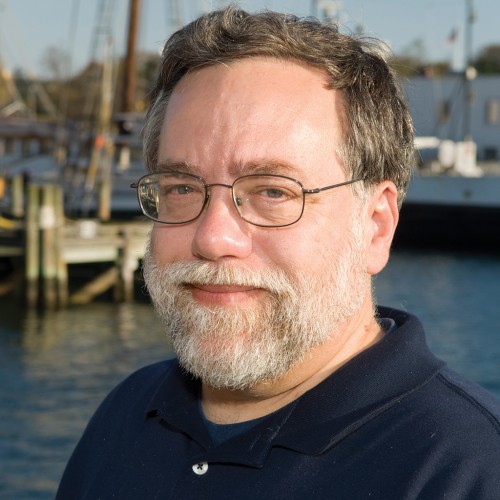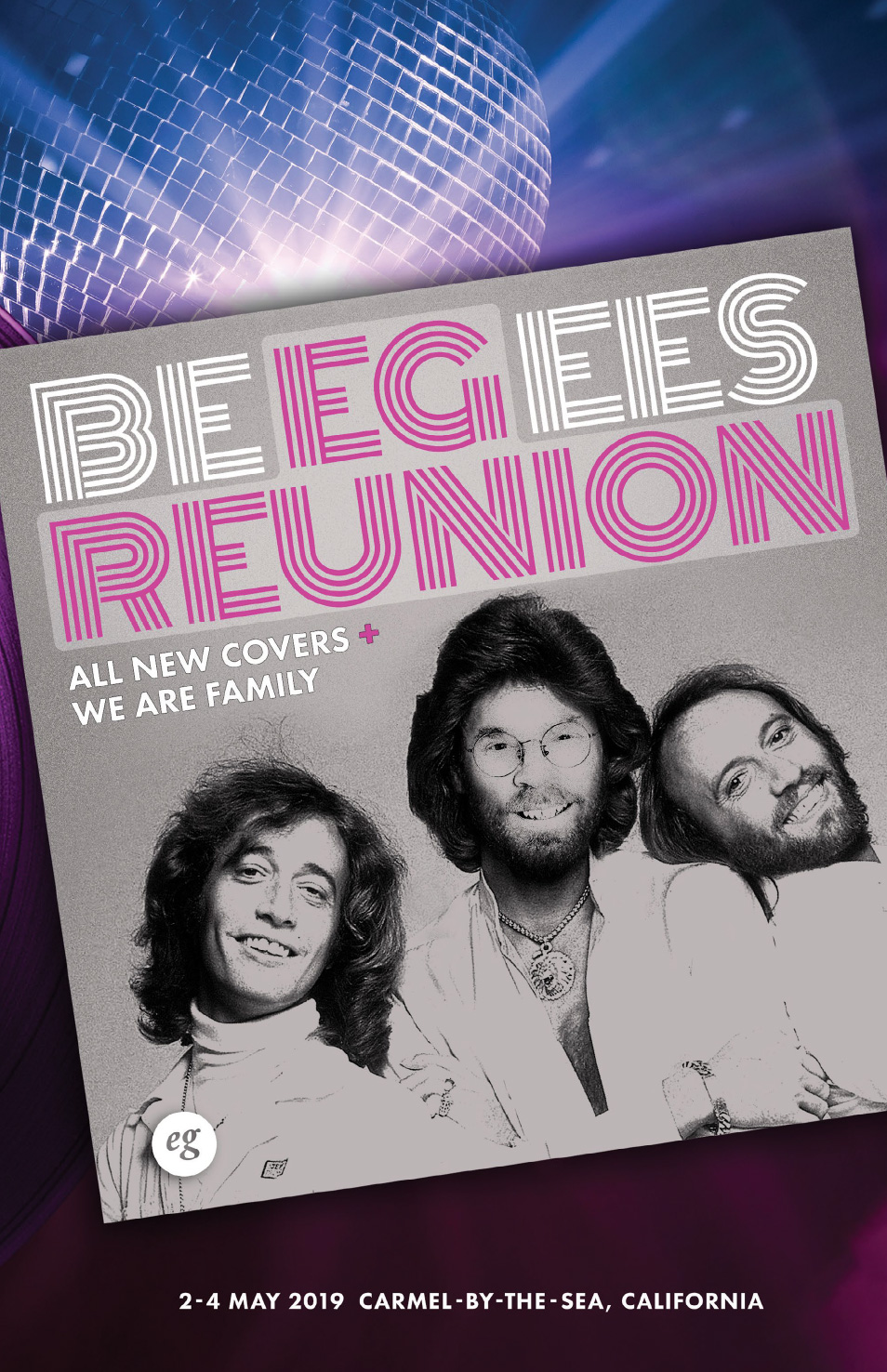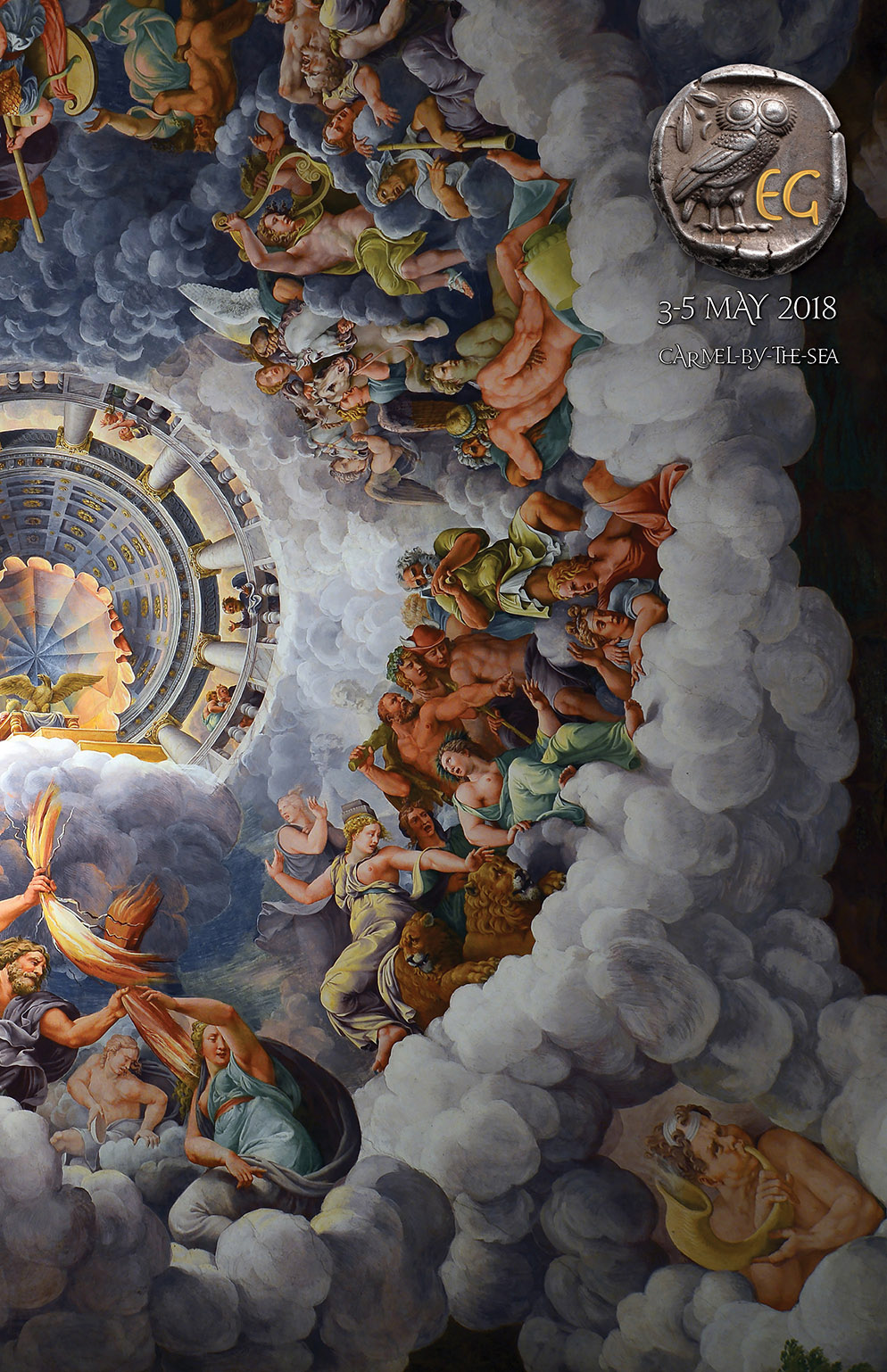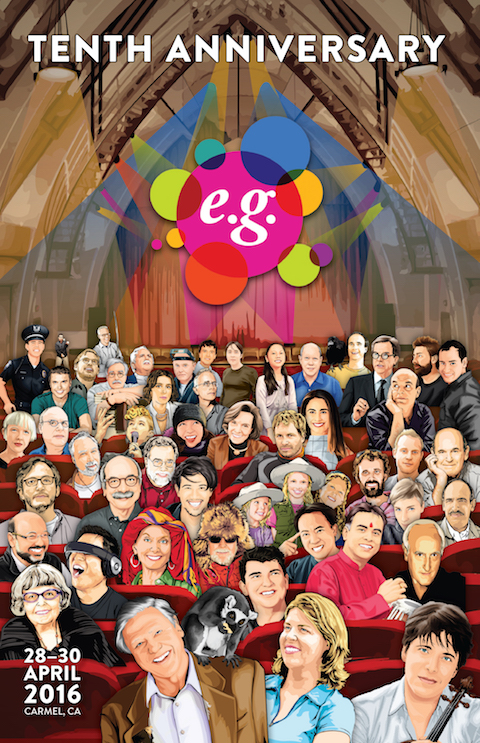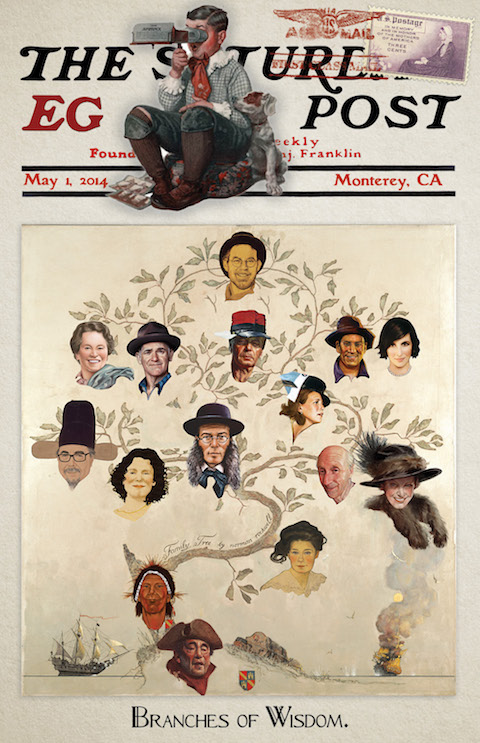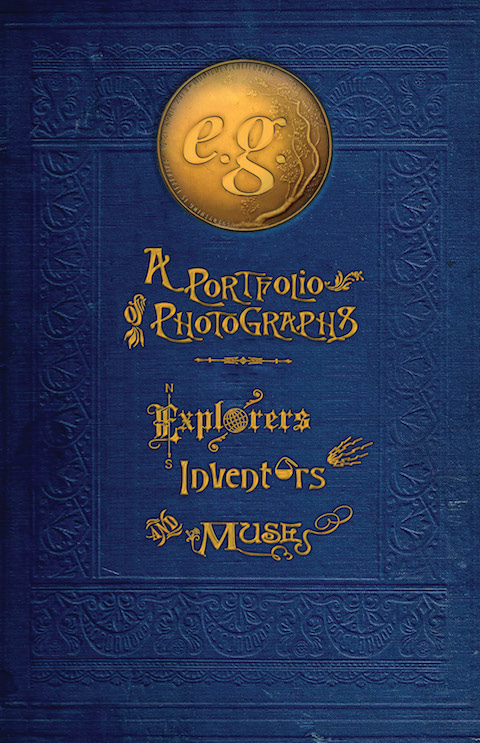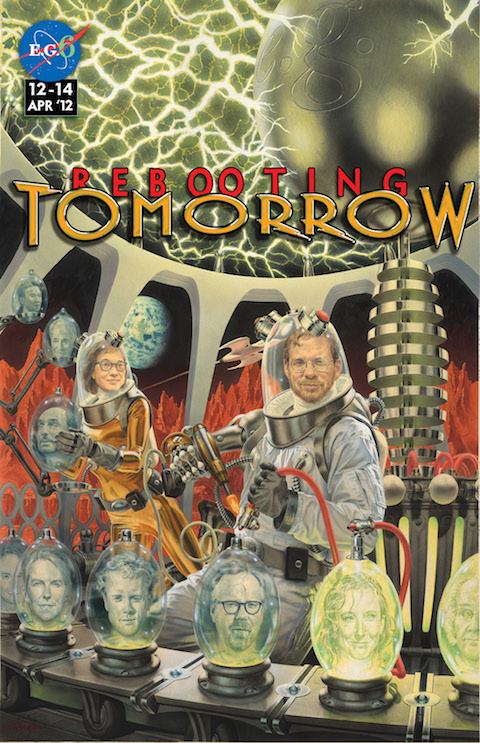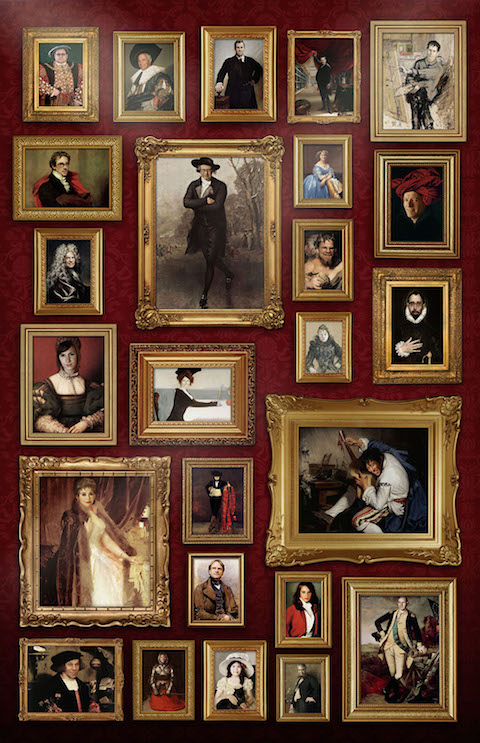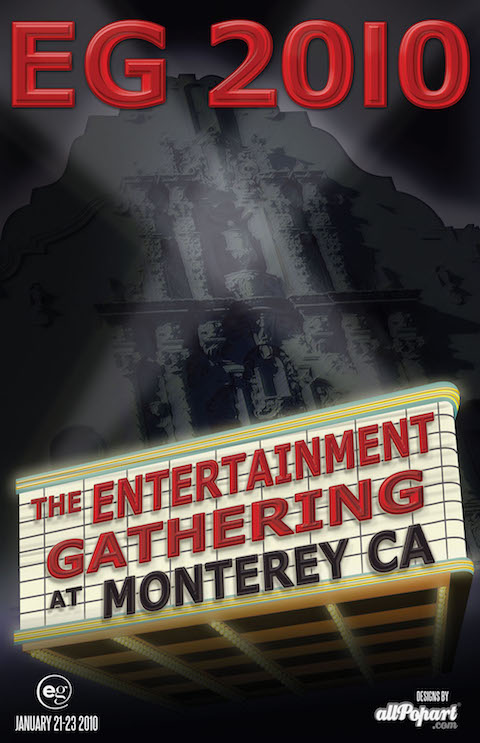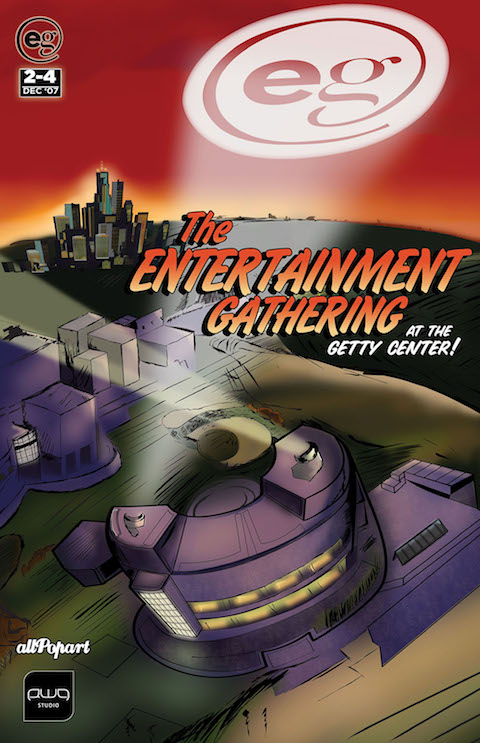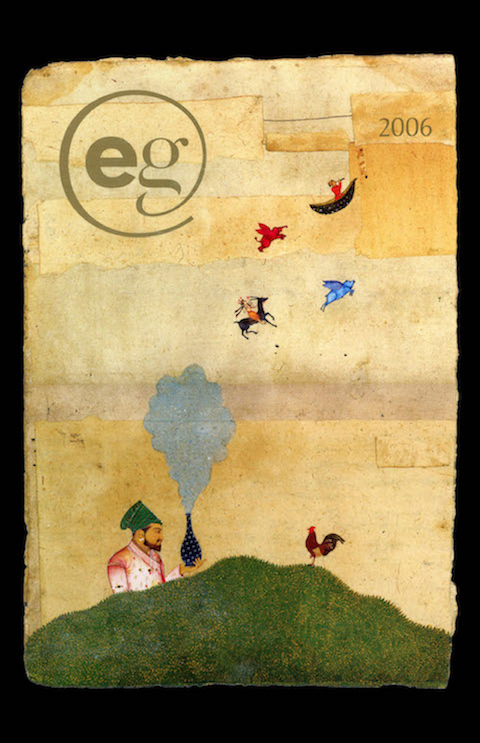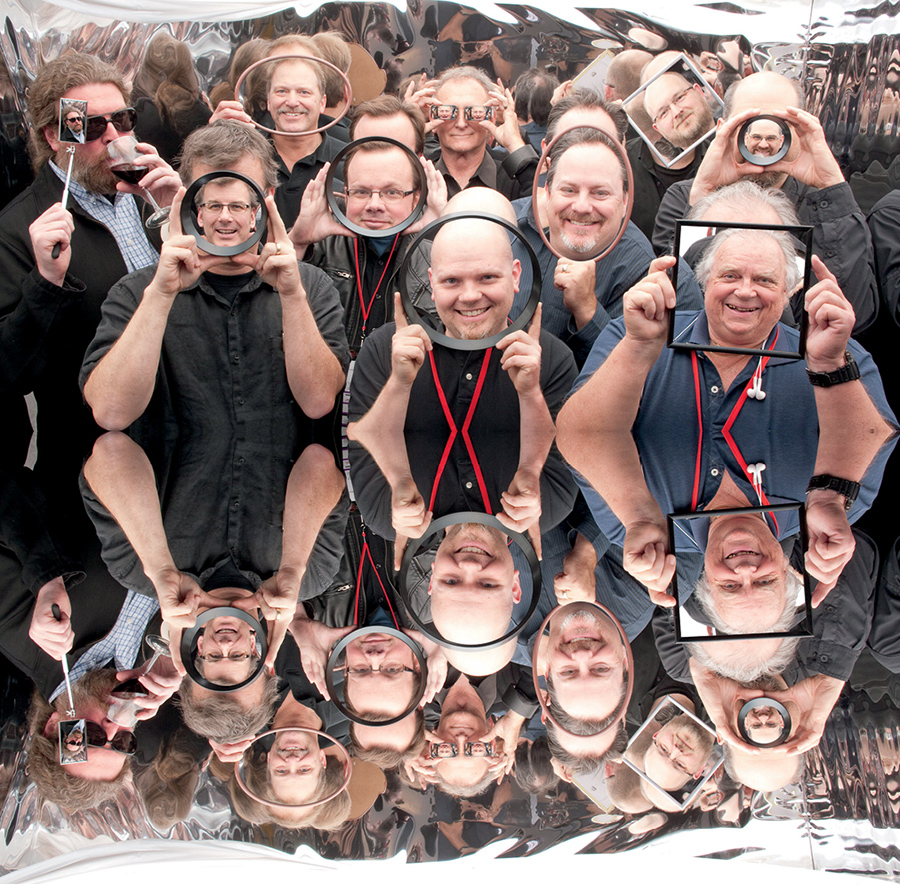A veteran of over 100 scientific expeditions, Bill has pioneered the development of new technologies to explore, observe and document the underwater world for over 30 years. He was among the first to use ultra-high-resolution systems for scientific imaging and documentary filmmakingin the deep sea. Through his efforts the public has been able to see the ocean in crystal clarity, which only a few people have experienced first hand.
Bill and his team continue to work in the development of new imaging techniques and production of camera systems with unprecedented clarity and resolution for use in the ocean, outer space, and other hazardous environments. Designed to work from very shallow coastal zones to depths exceeding 30,000 feet, Bill's systems have been used to survey and explore numerous shipwrecks, including the RMS Titanic, and Bismarck. In the field of natural history they have also captured startling images of many new life forms, including those found at the deep-sea hydrothermal vents and the deep-sea trenches.
This work has revolutionized the way that we view the oceans including the mid-water regions and the deep-sea floor, which make up two of the largest environments on Earth. The Advanced Imaging and Visualization Laboratory, (AIVL), was created by Bill over 25years ago. His team has developed numerous imaging systems including multi/hyper-spectral, low light, stereoscopic, HD/UHDTV still and motion imaging systems, 3D and panoramic systems for use in underwater, aerial, terrestrial and space environments, and for projects including marine biology, environmental science, sports, and archaeology.
Bill's goal is to share with the public the excitement of science and exploration by providing high quality imagery for museums and documentaries. He was a key participant in the formulation of The Jason Project, the development of an eight thousand square foot traveling museum exhibit (Extreme Deep Mission to the Abyss) and has been involved in numerous scientific studies, hundreds of television projects as well as many IMAX films. He is currently developing technologies, storylines and programming for 2D/3D HDTV/UHDTV, Full Dome and Immersive panoramic venues for presentation in science centers, museums and aquariums. Under the tenet that observation is the cornerstone of science, Bill continues to gather unique images that advance our knowledge of the planet and tell the many fascinating stories of science.
